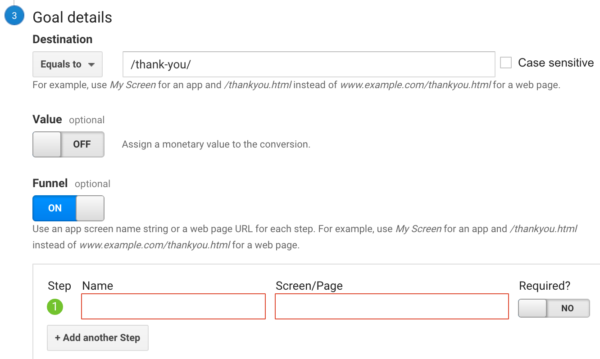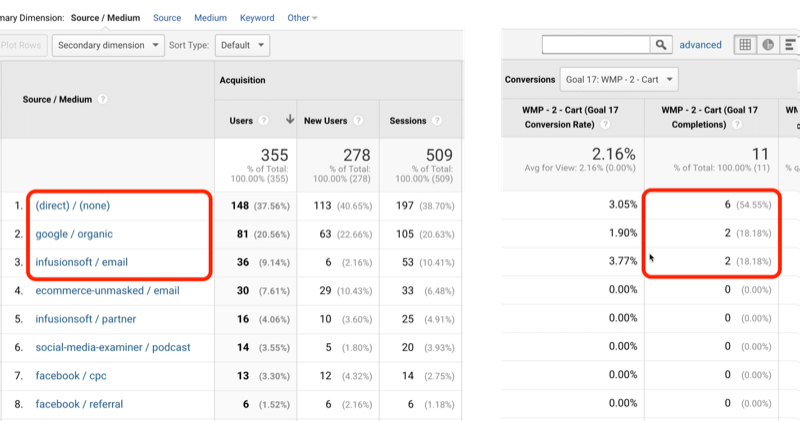Introducing the Blind Destinations: Comprehending What Google Analytics Goals Can not Determine
In the world of digital analytics, Google Analytics stands as a powerful device for monitoring and analyzing on the internet individual communications. Recognizing what Google Analytics objectives can not measure is critical for acquiring a comprehensive view of user actions and interaction.
User Behavior on External Operatings Systems
Understanding how individuals engage on external systems is essential for maximizing on-line strategies. Exterior systems, such as social media sites networks, reference internet sites, and online discussion forums, play a substantial function in driving website traffic to a business's internet site. By analyzing user actions on these systems, services can acquire important insights into the effectiveness of their advertising and marketing efforts and the choices of their target audience.
One trick aspect of individual actions on exterior platforms is the referral resource. By tracking where the customers are coming from, organizations can determine which platforms are driving one of the most traffic to their internet site. This details can help companies allocate their sources extra successfully, concentrating on the systems that generate the very best results.

Offline Communications and conversions
Analyzing user behavior on exterior platforms gives important insights into on-line approaches; nonetheless, thinking about offline conversions and interactions is just as critical for a thorough understanding of a business's overall efficiency. Offline conversions, such as in-store acquisitions or phone inquiries, play a considerable duty in numerous organizations' success.

Acknowledgment Beyond Last Click
When delving right into the world of electronic advertising analytics, it ends up being vital to look past the single touchpoint of the last click for a more comprehensive understanding of acknowledgment. While Google Analytics provides valuable insights right into customer behavior, counting only on last-click attribution can be limiting - what data is google analytics goals unable to track. Attribution models that go beyond the last click use a much more nuanced sight of the client journey, taking into consideration all the touchpoints that result in a conversion
Acknowledgment beyond the last click enables marketing experts to assign credit scores to numerous interactions along the conversion path, offering a more clear picture of the efficiency of different marketing channels. By discovering multi-touch attribution designs such as linear, time decay, or position-based acknowledgment, businesses can much better designate their advertising budget plans and optimize their approaches for optimal impact.
Understanding the impact of each touchpoint in the conversion procedure is critical for making notified decisions and maximizing ROI. By accepting acknowledgment beyond see this page the last click, services can acquire deeper insights right into client behavior and customize their advertising initiatives extra properly.
Cross-Device and Cross-Browser Monitoring

Likewise, cross-browser monitoring complements cross-device tracking by recording customer actions as they switch over in between different internet browsers. Understanding exactly how customers interact with sites on different internet browsers can aid marketing professionals maximize their online experiences to make sure uniformity and capability throughout various systems.
Qualitative Information and Customer Intent
Recognizing customer intent through qualitative data analysis is important for establishing targeted electronic advertising and marketing strategies that reverberate with the demands and choices of the target market. Qualitative information supplies insights into the 'why' behind user actions, clarifying inspirations, feelings, and choices that quantitative data alone can not capture. By analyzing customer responses, remarks, and communications, marketing professionals can discover useful info about user intent, allowing them to tailor their messaging, web content, and offerings to much better line up with what their audience is looking for.
Qualitative information also helps in understanding the context in which customers involve with a site or app. This contextual understanding enables marketers to develop even more pertinent and individualized experiences, ultimately driving greater interaction and conversion rates. By diving into customer intent with qualitative information analysis, businesses can obtain a deeper understanding of their target audience, causing a lot more effective advertising and marketing methods that meet customers' expectations and demands.
Final Thought
Finally, Google Analytics goals have constraints in determining customer behavior on external systems, offline conversions, attribution past last click, cross-browser and cross-device tracking, and qualitative data connected to user intent. what data is google analytics goals unable to track. It is important for services to be helpful resources aware of these dead spots in see this order to supplement their information analysis with various other devices and methods to obtain a more detailed understanding of their target market and improve their total electronic advertising approaches
By examining user habits on these platforms, businesses can get valuable understandings into the performance of their advertising initiatives and the choices of their target audience.
Evaluating customer actions on external platforms supplies beneficial insights into online strategies; nevertheless, taking into consideration offline conversions and interactions is similarly important for a detailed understanding of a firm's total efficiency.In electronic marketing analytics, moving beyond last-click attribution to explore cross-device and cross-browser monitoring is important for acquiring an alternative understanding of individual communications throughout different platforms and gadgets. By examining individual comments, comments, and communications, marketers can reveal beneficial information about customer intent, allowing them to tailor their messaging, content, and offerings to much better straighten with what their target market is looking for.
By diving right into individual intent with qualitative data analysis, businesses can gain a much deeper understanding of their target audience, leading to more effective marketing strategies that fulfill individuals' requirements and expectations.